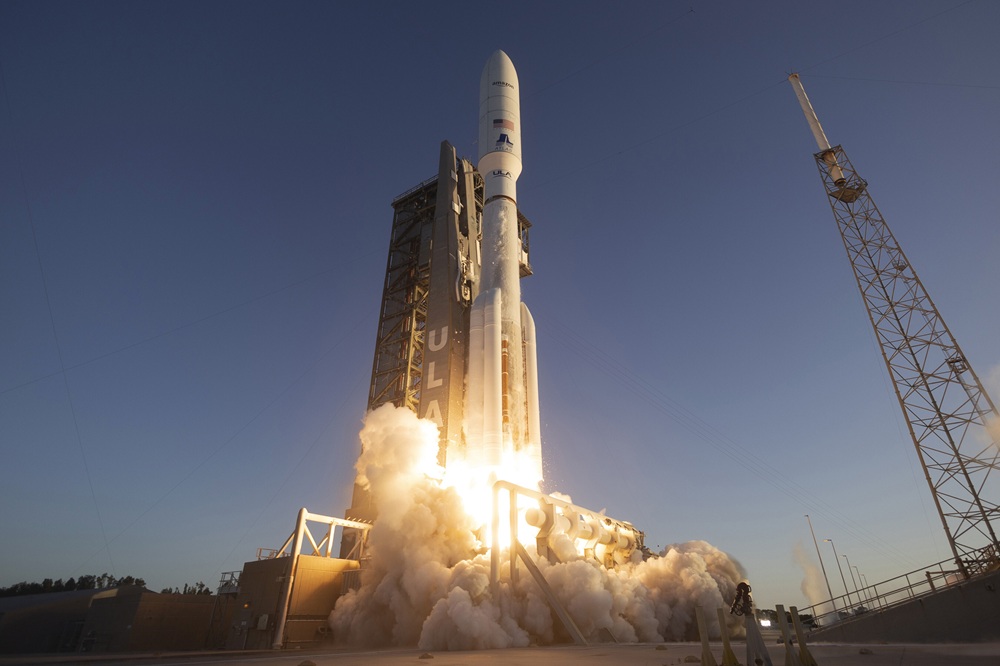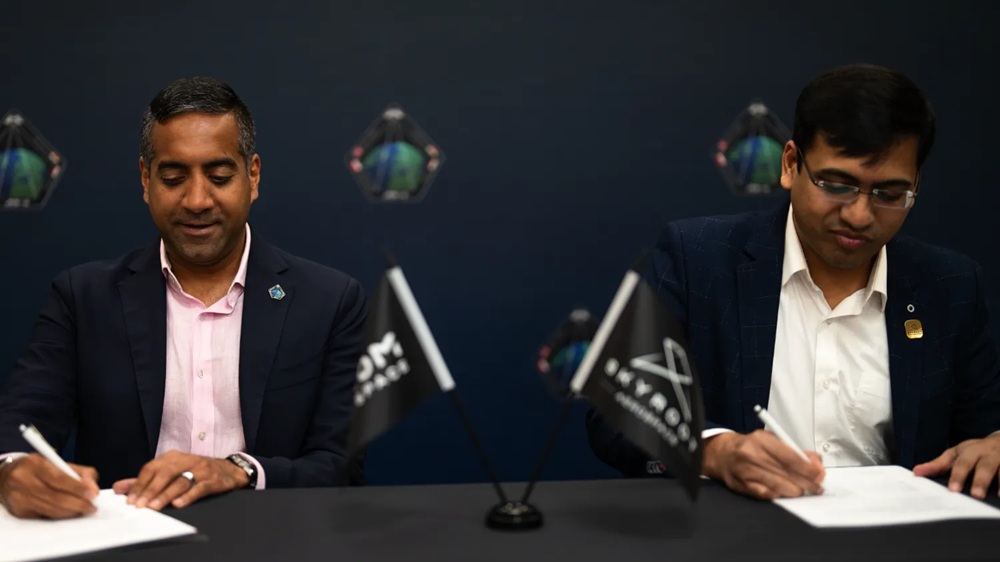Natick, Massachusetts:: Busek Co. has achieved a significant milestone in lunar exploration by delivering its advanced 6-kilowatt electric propulsion thrusters for the Power and Propulsion Element (PPE) of NASA’s Artemis Lunar Gateway. Developed in partnership with Maxar Space Systems, these Hall effect thrusters will play a pivotal role as NASA prepares to establish a long-term human presence around the Moon and set the groundwork for future missions to Mars.
Enabling a New Era of Deep Space Flight

The BHT-6000 Hall effect thrusters, designed and manufactured by Busek in Massachusetts, mark a breakthrough for in-space propulsion systems. Four of these thrusters, now successfully delivered, are part of the Solar Electric Propulsion (SEP) subsystem powering the Gateway’s PPE module, which Maxar Space Systems constructed around its proven Maxar 1300 spacecraft bus. The PPE, equipped with state-of-the-art electric engines and high-efficiency power control electronics, is set to operate in a Near Rectilinear Halo Orbit (NRHO) around the Moon, providing the backbone for station-keeping, orbital maneuvering, and sustained power delivery for the lunar outpost.
Maxar’s PPE system also incorporates three 12kW engines, bringing its total power capability to a level 30 percent higher than any previous SEP system flown on a space mission. This leap in performance will allow the Gateway to maintain its unique lunar orbit, supporting critical communications, energy supply, and station-keeping for NASA’s Artemis program ambitions.
Technical Excellence and Mission Adaptability
At the heart of Busek’s BHT-6000 is decades of research into Hall effect propulsion, resulting in a design that balances powerful thrust, high efficiency, and operational longevity. Each unit can operate at discharge powers up to 6kW, with total system efficiency exceeding 64 percent. The thrusters are capable of running with xenon, krypton, or iodine propellants, offering versatility for various mission requirements.
This adaptability means the technology, first developed for commercial geostationary satellites, is now qualified for human-rated deep space operations. “With the first BHT-6000 flight deliveries complete, we can now offer the same solution for any high-power mission, whether for communications, human-rated space stations, orbital tugs, life-extension vehicles, and so on,” stated Vlad Hruby, President and Founder of Busek.
A Keystone for Artemis and Beyond

The PPE module, one of the first two vital components comprising the Lunar Gateway, is managed by NASA’s Glenn Research Center. Maxar assembled the system at its facilities in California, leveraging over six decades of heritage in spacecraft engineering. The PPE’s high-power electric propulsion will not only enable Gateway to reach and remain in its precise NRHO orbit, but also serve as a testbed for sustained operations in deep space, enhancing efficiency and reducing reliance on chemical propellants.
The Gateway itself is envisioned as an international outpost, hosting scientific research, technology demonstrations, and astronaut habitation, while also serving as a staging platform for lunar surface missions. The flexible and powerful SEP system will allow Gateway to maneuver, adjust its orbital position, and support cargo or crew transfer windows, all while maintaining continuous communications with Earth.
Industry Collaboration and Future Opportunities
Taylor Winkelmann, PPE Program Manager at Maxar Space Systems, emphasized the importance of the Busek thrusters in delivering an advanced flight-qualified solution that sits at the forefront of space propulsion innovation. With Maxar’s engineering expertise and Busek’s propulsion technology, the PPE SEP system represents the state of the art, ready to underpin NASA’s lunar ambitions for years to come.
“We’re thrilled to have taken delivery of Busek’s BHT-6000 electric thrusters for the Lunar Gateway Program,” said Winkelmann, adding, “the SEP systems we evolved for PPE are amongst the highest power flight-qualified systems today, and they represent the state-of-art in their class.”
Both companies position this achievement as a demonstration of robust U.S. leadership in high-volume manufacture and rapid deployment of electric propulsion for a variety of government and commercial applications—from satellite constellations to ambitious crewed space stations.
As NASA’s Artemis campaign gains momentum, the successful delivery and integration of Busek’s BHT-6000 Hall effect thrusters signifies a crucial step. These engines are expected to help define the future of efficient, sustainable space transportation, expanding human capability to explore, live, and work far beyond Earth’s orbit.
With the PPE’s final assembly and launch preparation underway, NASA, Maxar, and Busek have set in motion the hardware that will support humanity’s next great ventures on the lunar frontier and beyond.





